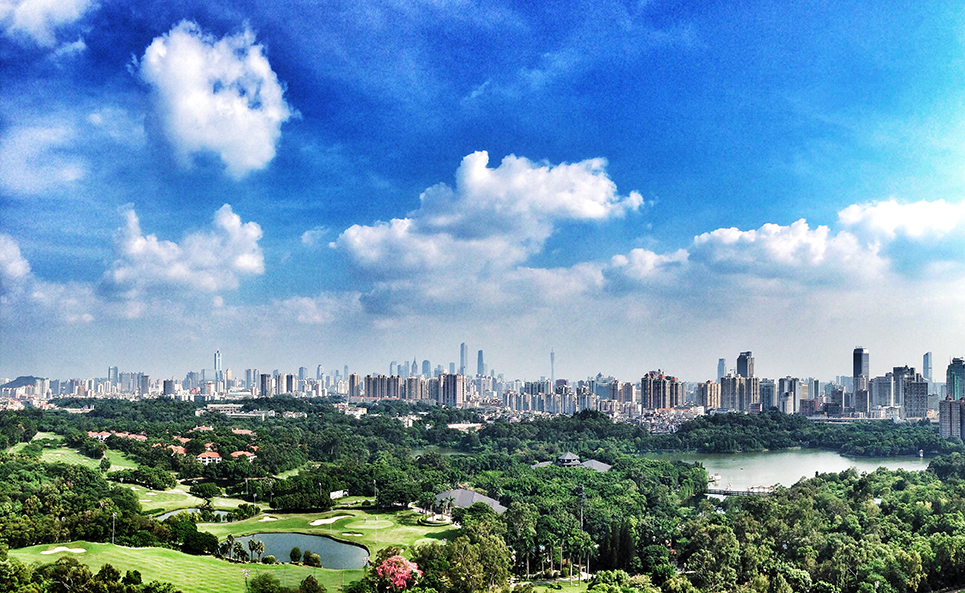Culture: The Origin of Cantonese Culture -Magnificent and Vibrant
Yuexiu district is known as the "origin of Cantonese culture", which enjoys a long history of more than two thousand years and has been continuously integrated and inherited, adding to the openness, inclusiveness and thriving of Cantonese culture.

Panorama of Yuexiu District
Experiencing fabulous scenery in Guangzhou with a simple backpack, you will be able to explore various cultures from different periods of time.

Zhenhai Tower
In 1380(Ming Dynasty), the city wall of Guangzhou extended to Yuexiu Hill where a five storied pagoda was built atop it. "Zhenhai"means facing the vast Pearl River and guarding the frontier of the city in Chinese.


Sun Yat-sen Memorial Hall
It is an iconic building with Chinese and Western architectural styles built in memory of Dr.Sun Yat-sen who is referred to as the "Father of the Nation" in the Republic of China due to his instrumental role in the overthrow of the Qing dynasty during the Xinhai Revolution.
As the birthplace of the Maritime silk Road, Guangzhou relishes open and inclusive by embracing different religions.

Sacred Heart Cathedral
Completed in 1888, it is one of the four all-stone Gothic churches in the world.

Huaisheng Temple
Built in the Tang Dynasty,it is the earliest mosque in existence in China.

Guangxiao Temple
Built in 2 BC, it is the oldest Buddhist temple in Guangzhou.

Sanyuan Palace
It is the oldest and largest Tabist building in Guangzhou.

Dongshan Hall
It was built by Boston missionaries who came here to preach in 1836(the Qing Dynatsy).
Integrating Chiese and Western architectural styles, red brick buildings full of legendary stories stand in Xinhepu in the Dongshan sub-district.

Xinhepu Complex
Built in the 1920s and 1930, its architectural style blends with the characteristics of Europe, America and Lingnan.
People come together to experience the joy of celebration during traditional festivals.

Yuexiu Temple Fair
This fair is held every year at the Lantern Festival. It attracts more than 5 million people in seven days to experience Cantonese culture that has been upheld for thousands of years.

Spring Festival Flower Fair
It is an ancient custom that the Cantonese observe during the Spring Festival. People come here to buy flowers for good fortune in the coming year.
With the help of a moblie phone, discover the taste of Buangzhou cuisine hidden on the streets and alleys.

Cantonese Dim sum
In the late Ming Dynasty of the 17th century, the locals, based on Lingnan snacks, formed Cantonese-style snacks, which are famous for their exquisiteness, variety and freshness.
Experience the charm of Lingnan opera by listening to a Cantonese opera.

Cantonese Opera Performance
Cantonese Opera is a traditional performance originating in the Ming Dynasty with unique Cantonese cultural characteristics.
Step into an academy of classical learning to review the pace of historical development.

Wanmu Study
In 1891, Kang Youwei, a representative of China's modern reformists, promoted his idea of reform here during the Hundred Days'Reform.
Take a cruise and experience the beauty of Guangzhou at night.

Pearl River Nightscape
Pearl River is the secong largest and third longest river in China. It is named after the famous Pearl Island in Guangzhou that it flows through.


